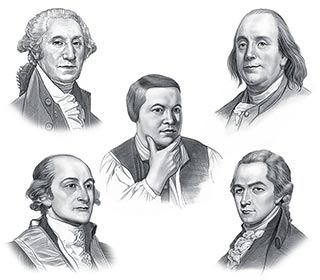Plantations in the Colonial South
The agriculture system of plantations was implemented in the Southern Colonies during Colonial Times. The five Southern Colonies who introduced the system of plantations were composed of the Maryland Colony, Virginia Colony, North Carolina Colony, South Carolina Colony and the Georgia Colony. The reason that plantations sprang up in the South was due to the geography and climate of the Southern colonies areas.
- The geography of the Southern Colonies featured fertile soil, hilly coastal plains, forests, long rivers and swamp areas
- Climate: Mild winters and hot, humid summers made it possible to grow crops throughout the year and was ideally suited for plantations
- The Southern Colonies concentrated on developing plantations that eventually grew cotton, tobacco, rice, sugar cane and indigo (a purple dye)
Plantations - Cash Crops
Tobacco, rice, cotton, sugar cane and indigo were valuable plants and grown as cash crops. Cash crops (as opposed to subsistence crops) were specialized crops that were grown by planters to be sold for profits and not used for personal use on the plantations. Planters had no trouble transporting their crops because of the many waterways in the Southern colonies that made it made it easy for ocean going ships to tie up at plantation docks.
Plantations Economy - Slaves
A slave plantation economy was based on agricultural mass production requiring a large labor force. Southern Plantations were labor intensive and required thousands of slaves. The longer a crop's harvest period, the more efficient the plantations were. There was no machinery and only oxen and horses for power. Vast areas of land had to be cleared for planting and crops had to be sewn and harvested by hand. Cheap labor was essential for the slave plantations to become profitable. Slaves, both men and women, worked all year round undertaking back breaking work for up to eighteen hours per day. The women were compelled to do as much as the men The use of slaves kept the costs down on the plantations. After the initial outlay required to purchase a slave, little expenditure was required and with the successive generations of slaves born on the slave plantations their masters gained new employees at no cost. The plantation slaves lived in basic, crude wooden cabins consisting of one or two rooms, often with a dirt floor, in the slave quarters.
